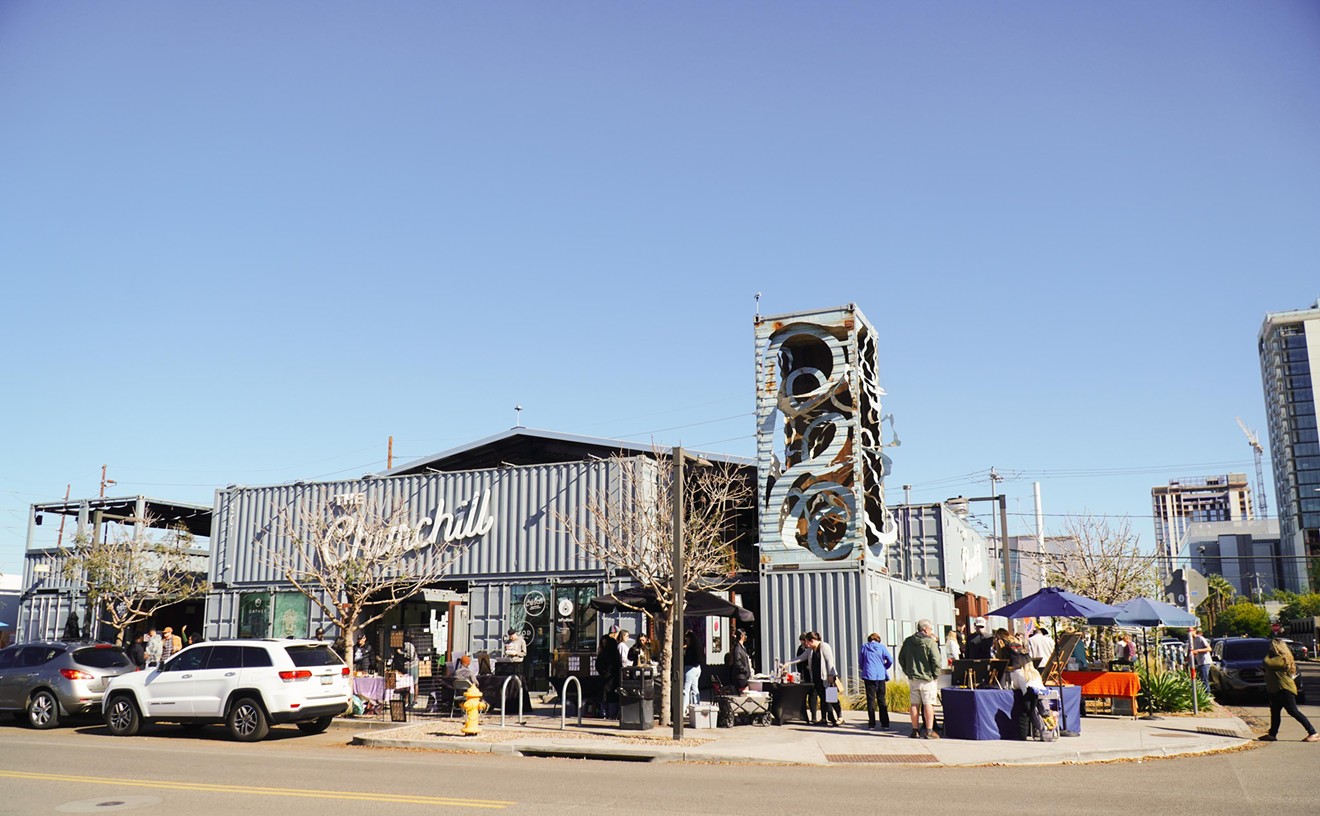Ever open a bottle of wine that just tastes off? We've had it happen to us... in a nice restaurant no less. But what happened? And how do you know it's not just you?
UNCORK THE ISSUE: How does a bottle of wine go bad and how can I tell?
SPILL THE JUICE: "Wine can go bad and/or be bad in many ways," says Master Sommelier Greg Tresner of Il Terrazzo at The Phoenician. "Some are more susceptible to degradation, but others hold up better."
NOTE THE COMPLEXITIES: "Oxidation is the most common way a wine goes bad," Tresner says. If you open a bottle of wine and let it sit out for a few days, you'll notice a dullness, the fruitiness vanishes."
"You call tell too much oxygen has gone into it because it's degraded to the point of where it's lost its freshness," Tresner says. "It tastes like a raisin, has a pruney, dried fruit quality."
Not the "off" factor you're tasting? Click through for more ways wine can go bad. PLUS: What to do with a bad bottle.
Exposure to heat causes maderization, which can happen while shipping or storing the wine in high temperatures, even if it's setting on the store shelf, says Tresner.
"It has a sort of cooked or burnt quality," he describes. "Maderized wine tastes like somebody added some syrup or a touch of molasses to the bottle." The term refers to Madera, a Portuguese wine region where wines are heated on purpose to get that flavor, Tresner explains.
"If you have a Chardonnay that tastes like a Sherry, it's likely both an oxidation and maderization problem," Tresner says. If the bottle is unopened, a raised cork and dark color are two signs oxygen and heat probably took a toll on your wine, Tresner says.
Wine that's been "corked" has been tainted with 2,4,6-trichloroanisole or TCA, Tresner says.
"Corked wine will have a musty, moldy, mildew quality, so you should always smell wine immediately after opening it," Tresner explains. "It's a common misbelief that the cork failed if the wine is corked: The cork didn't fail, too much of the TCA compound spoiled the wine."
Cork failure, on the other hand, means you have a loose cork, Tresner clarifies. "A loose cork lets too much air into the bottle even before it's opened, causing what we call an oxygen flash or oxidation in the bottle."
GET THE GOODS: If you get a bad bottle of wine at a restaurant, an attentive server should recognize that it's off the moment they pull the cork and smell the wine, Tresner says. If they don't, send it back. At home, you should do the same, where you lean over the bottle and check for a scent that's off.
Does an off scent always indicate a bad bottle? "No," Tresner says. "When you start adventuring out, you might encounter wines from some small growers and producers who don't use a lot of preservatives or filtering leaving some cellar aromas in the bottle, which aren't bad, just unusual."
And that sediment in the bottom? "It's harmless," Tresner says. "Just some of the must that made it through filtration before it settled out."
SWALLOW THIS: "Not all wine that may seem bad is bad," Tresner says. "Different growing conditions and winemaking techniques can lend some of the same qualities to wine purposefully."
Tresner explains that West Coast wine grown in humid climates may have a slight mildew taste, using overripe grapes to increase the alcohol content of the wine can lend a little bitterness, and some wineries even use dried or moldy grapes to create fortified or sweet wines.
Your best protection against bad wine is knowing what the wine is supposed to be like and comparing your experience with your expectations, Tresner says. It can't hurt to store your win properly either.
Come back for class next Wednesday and leave your questions for our wine gurus.










